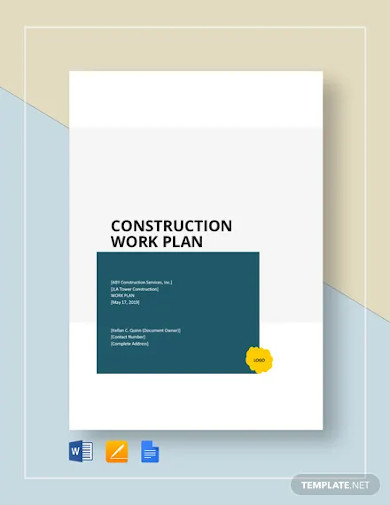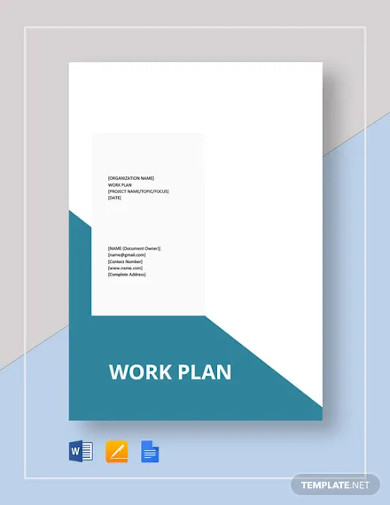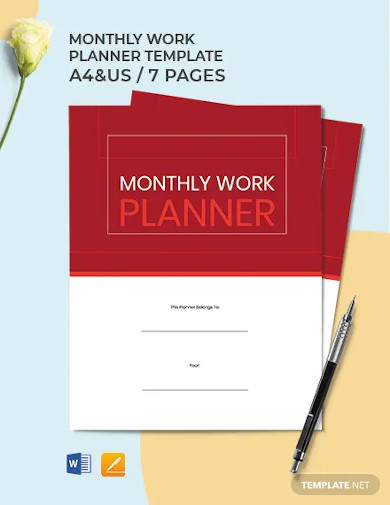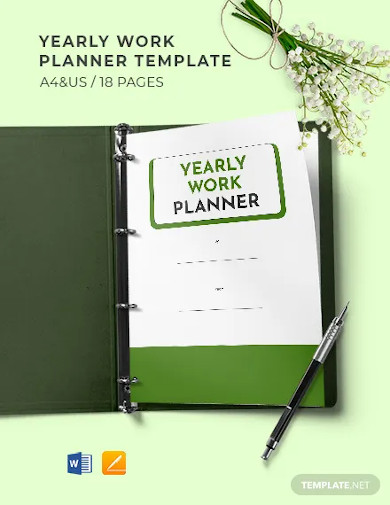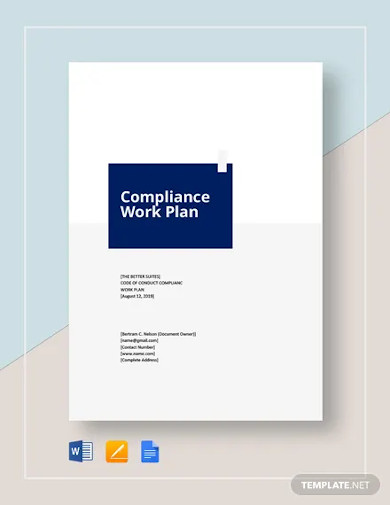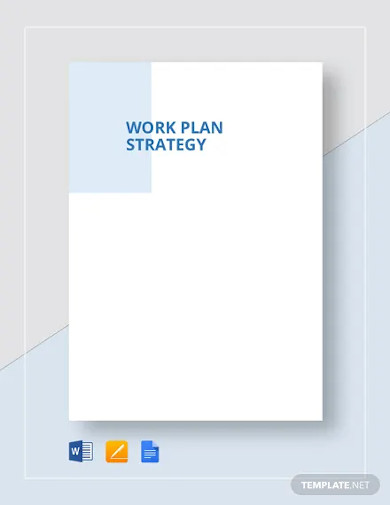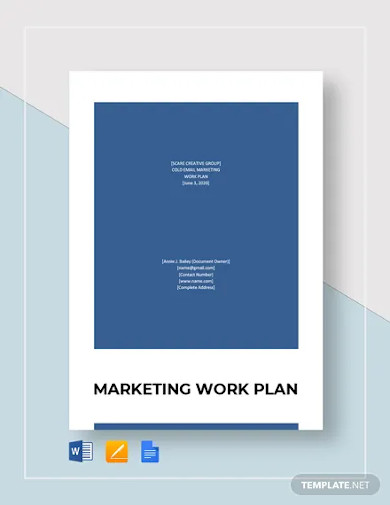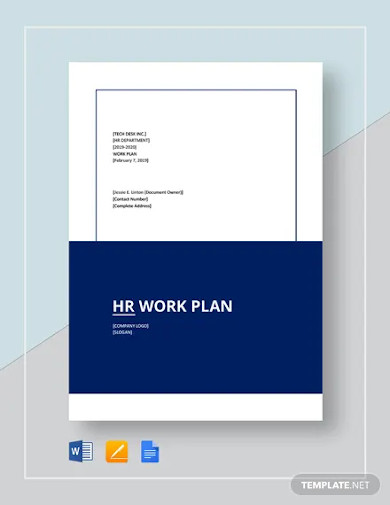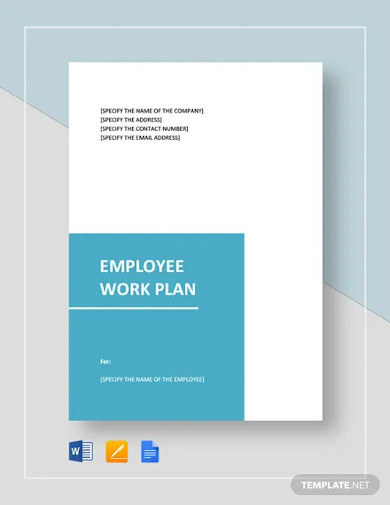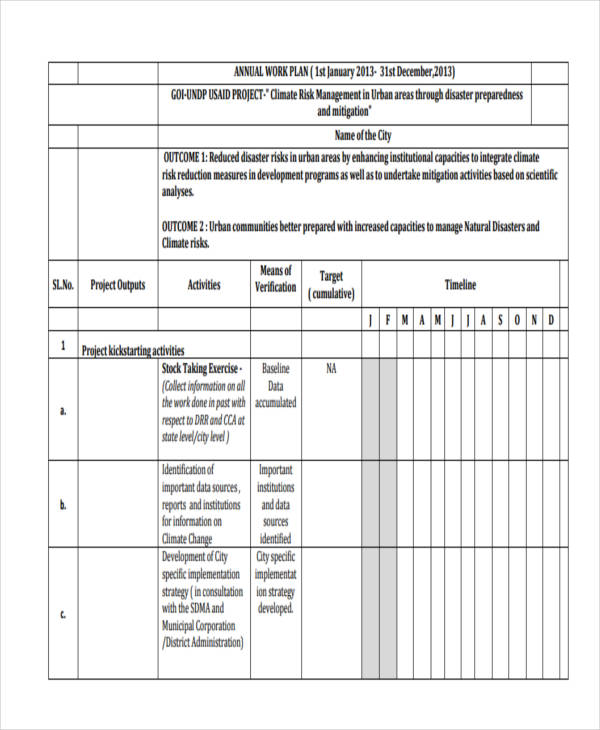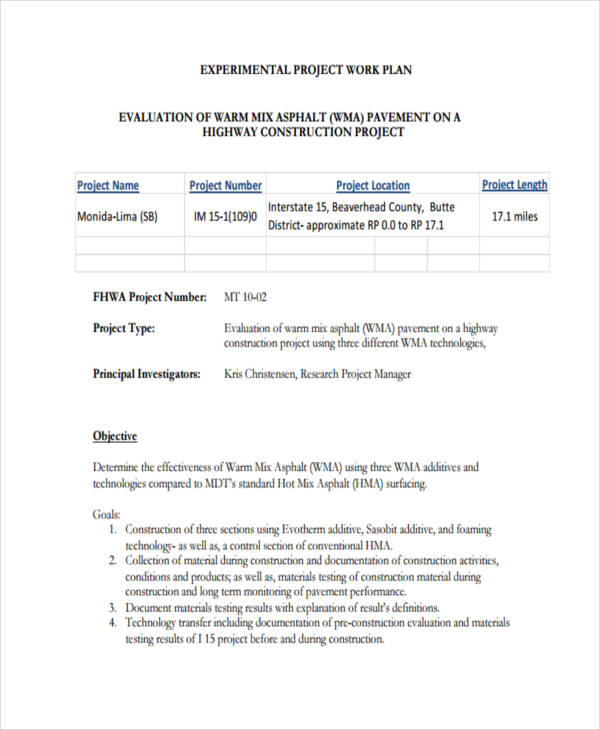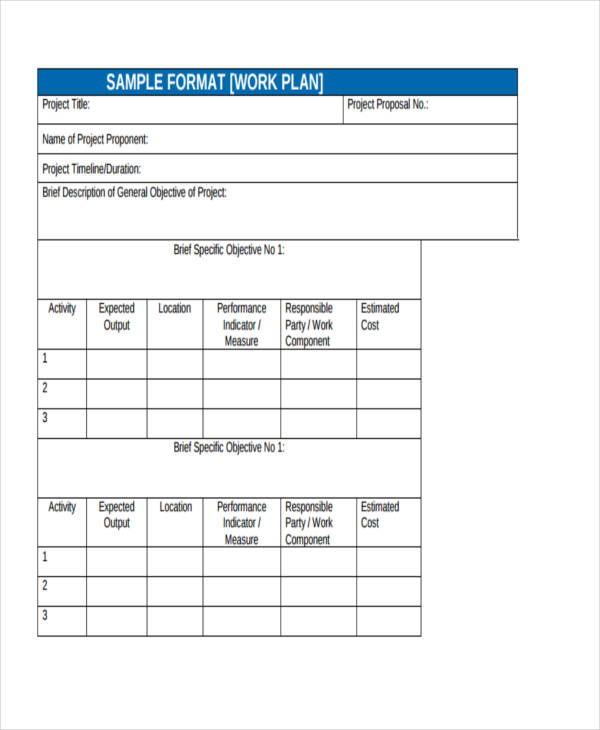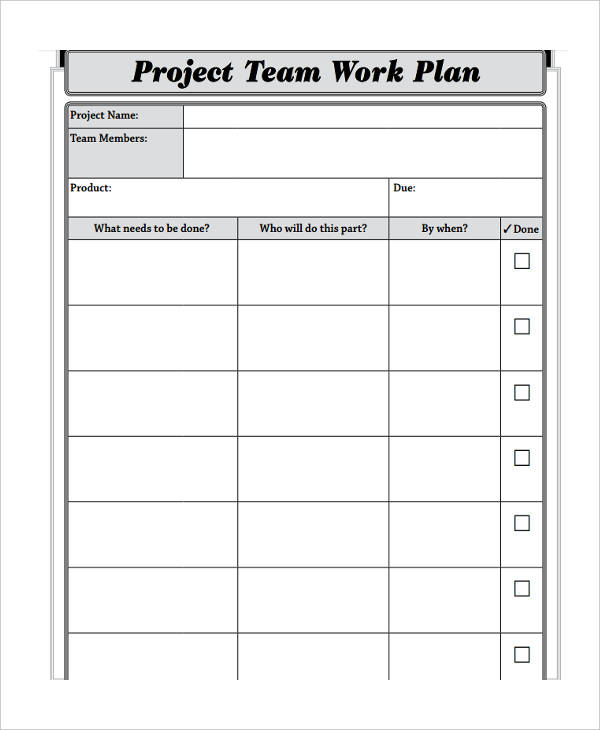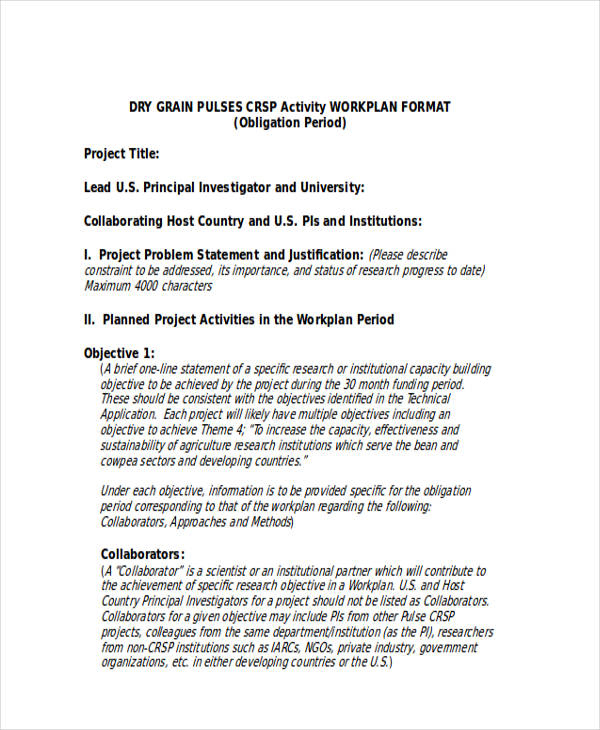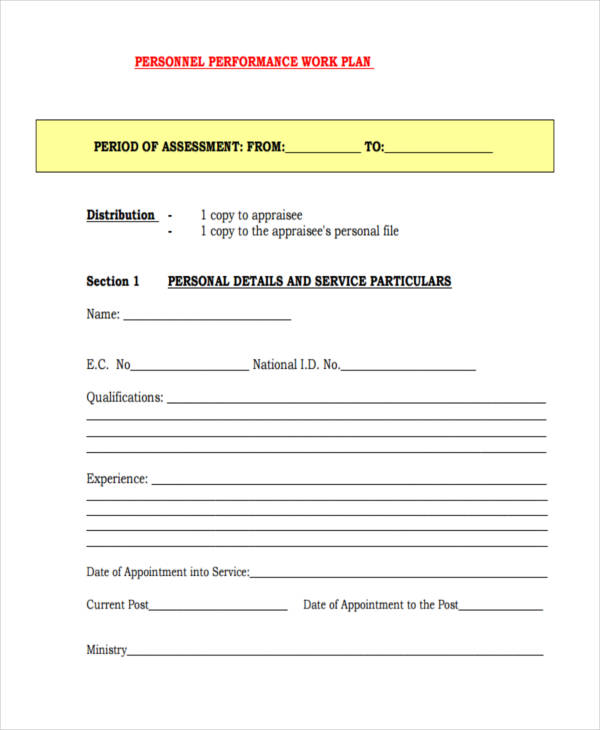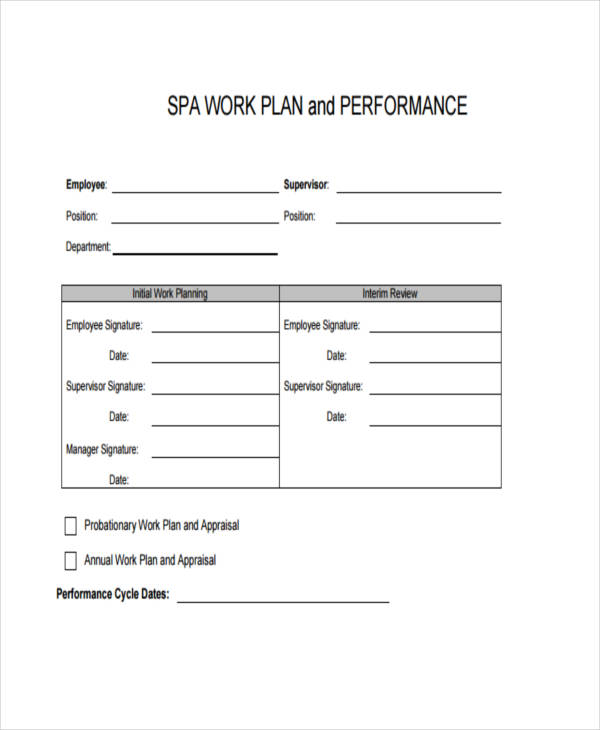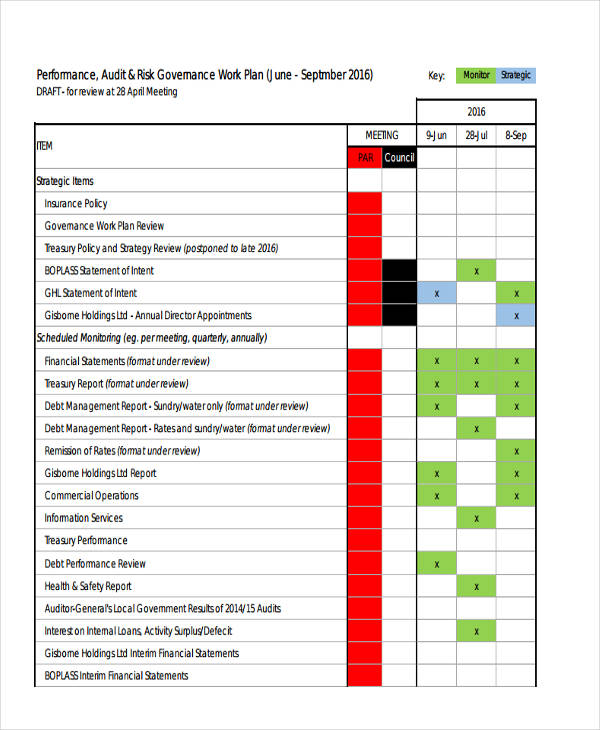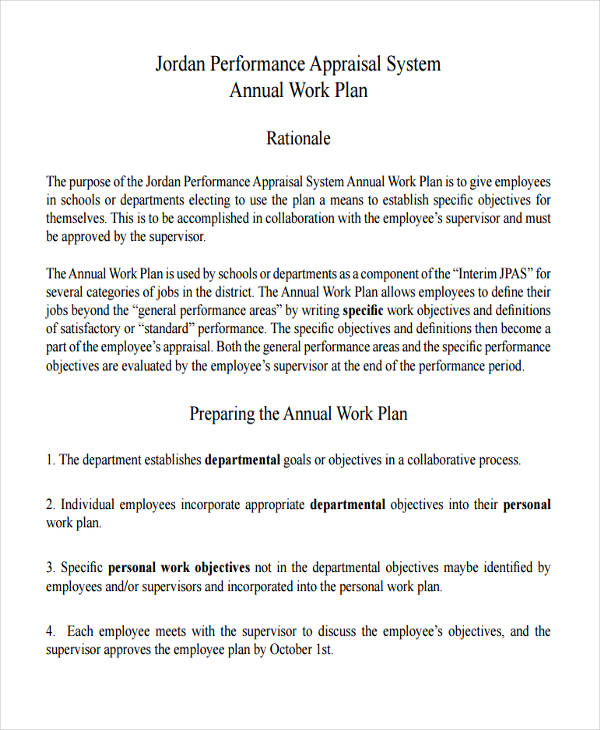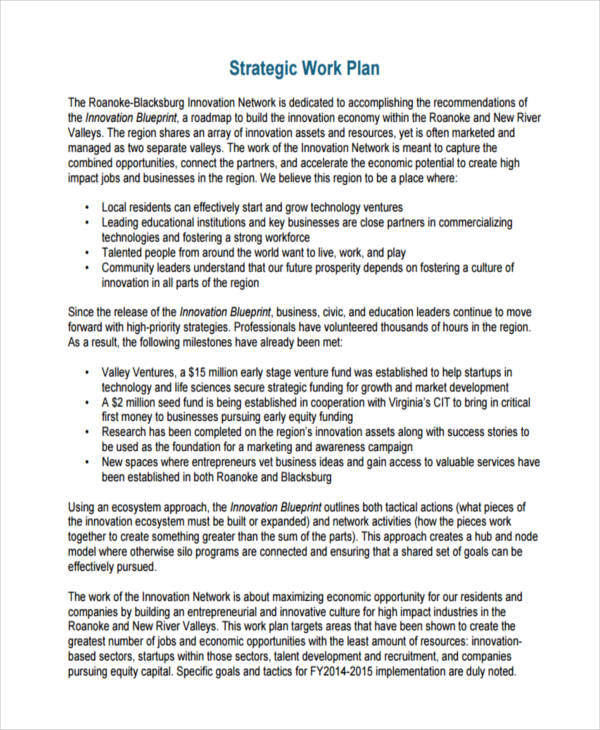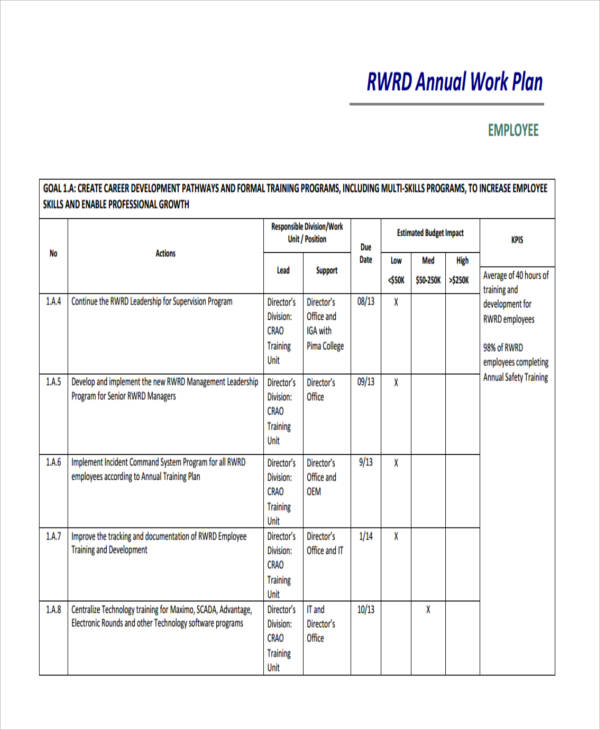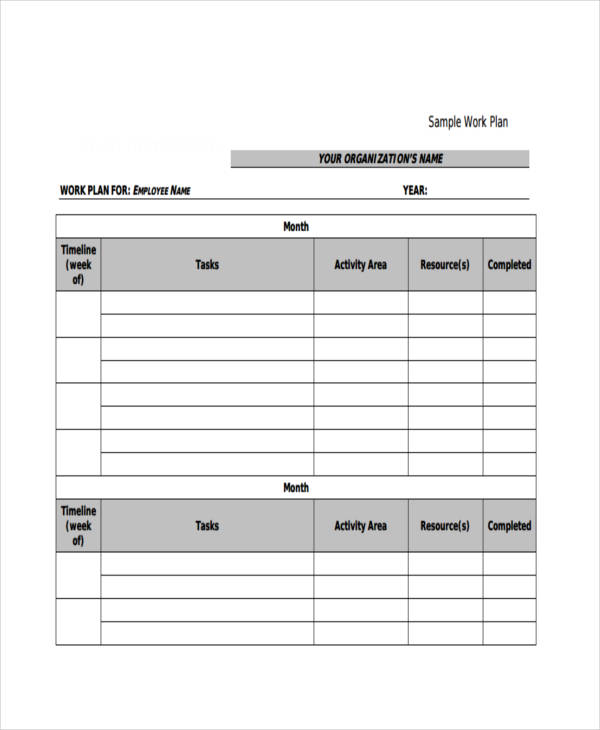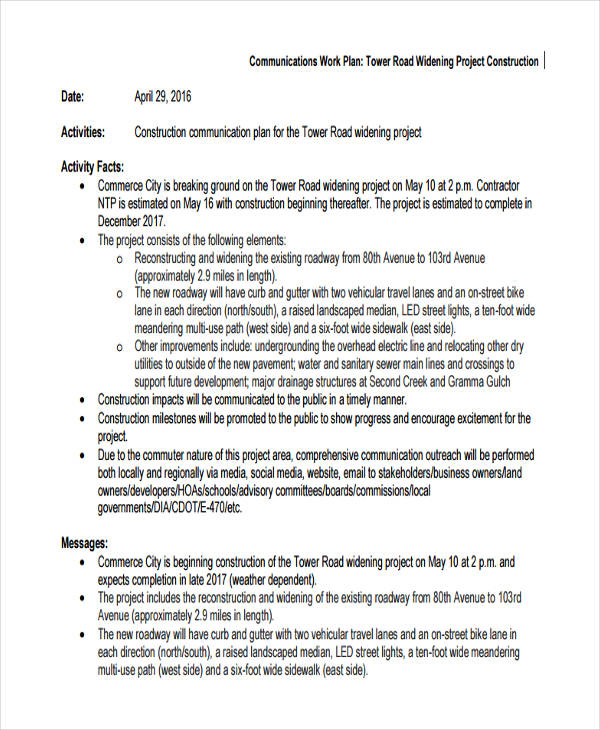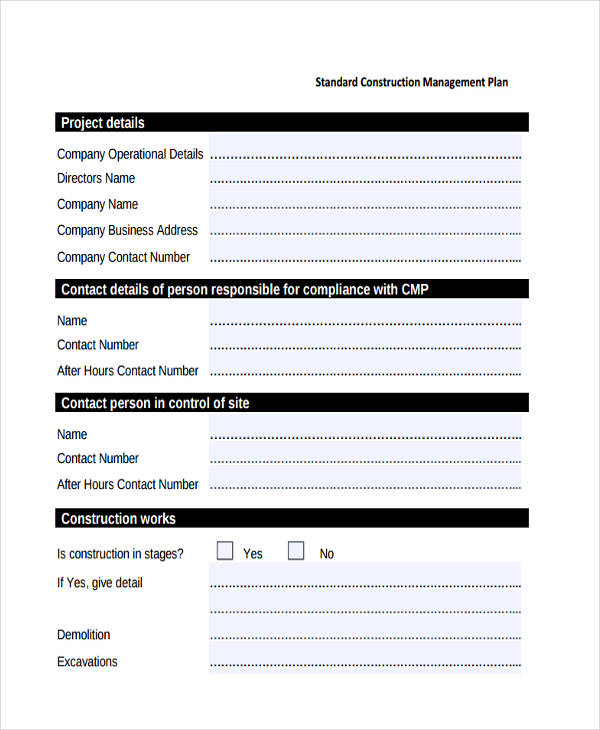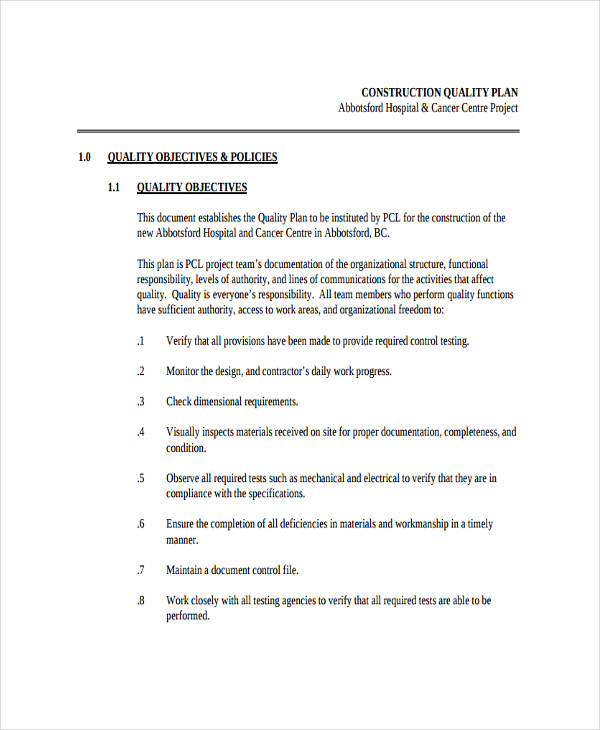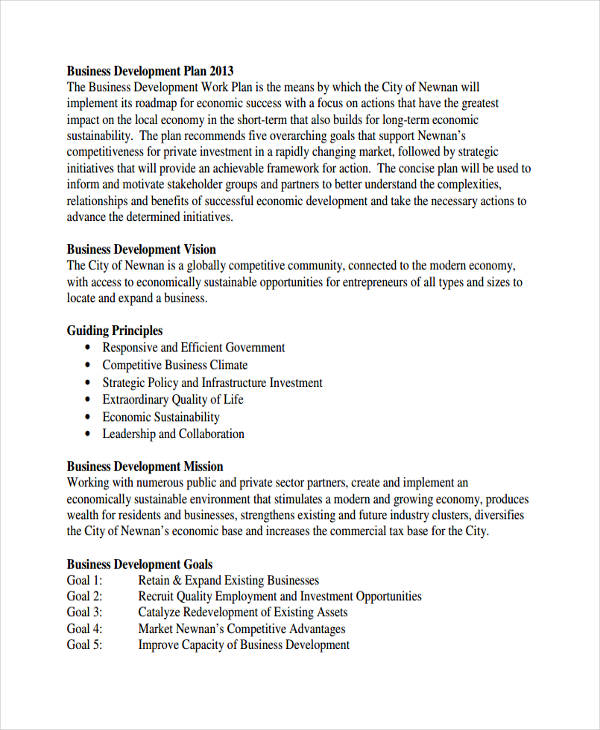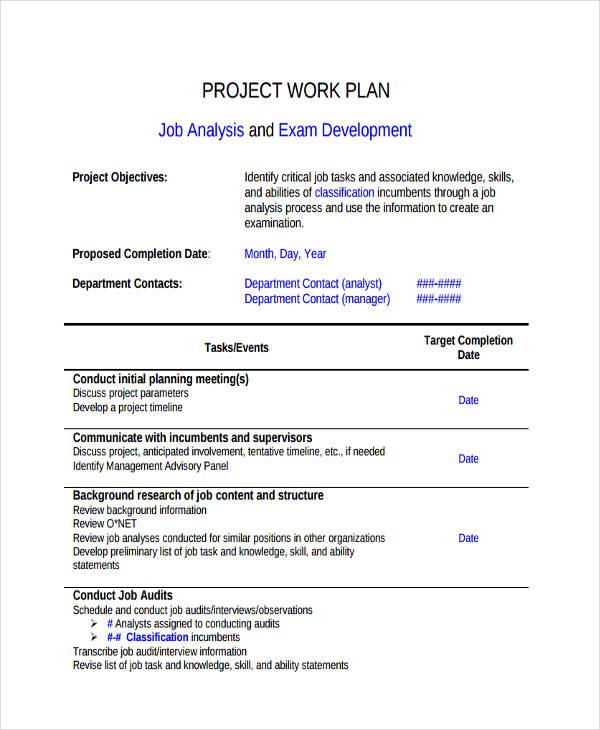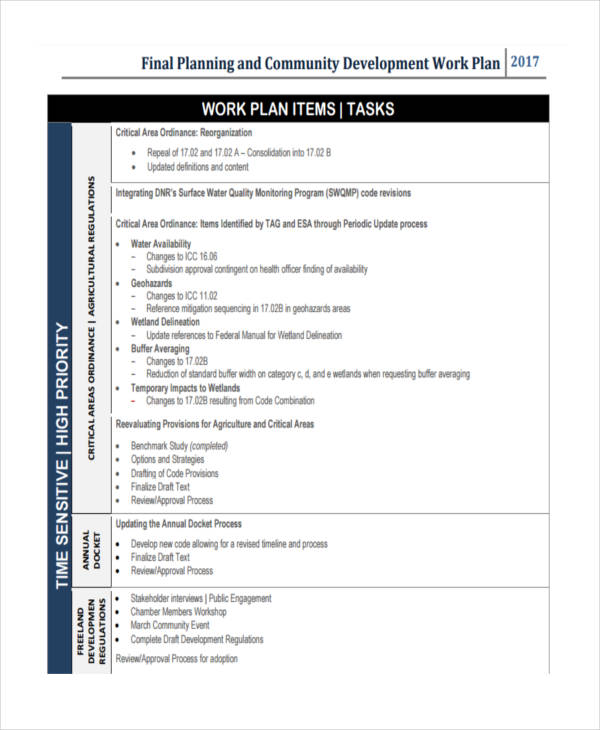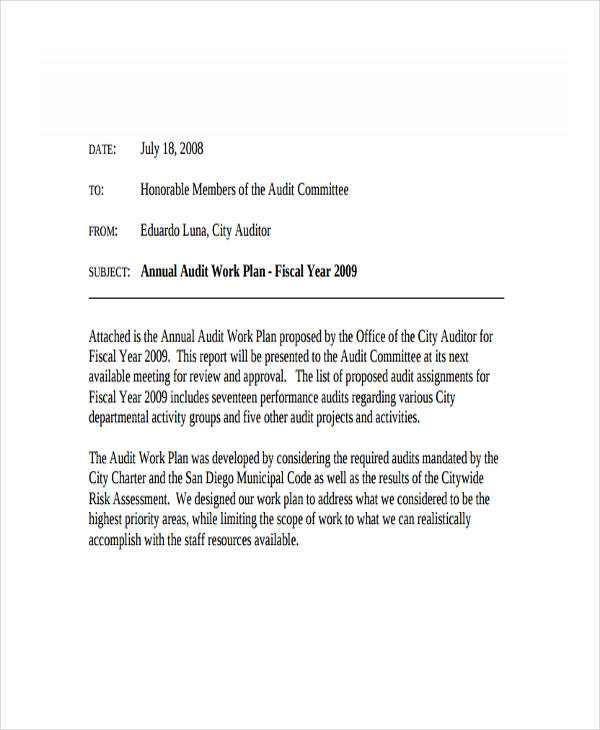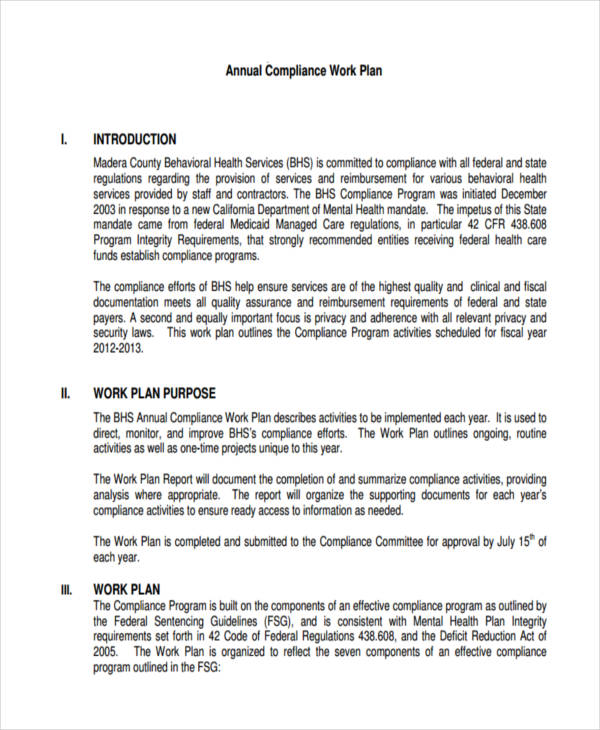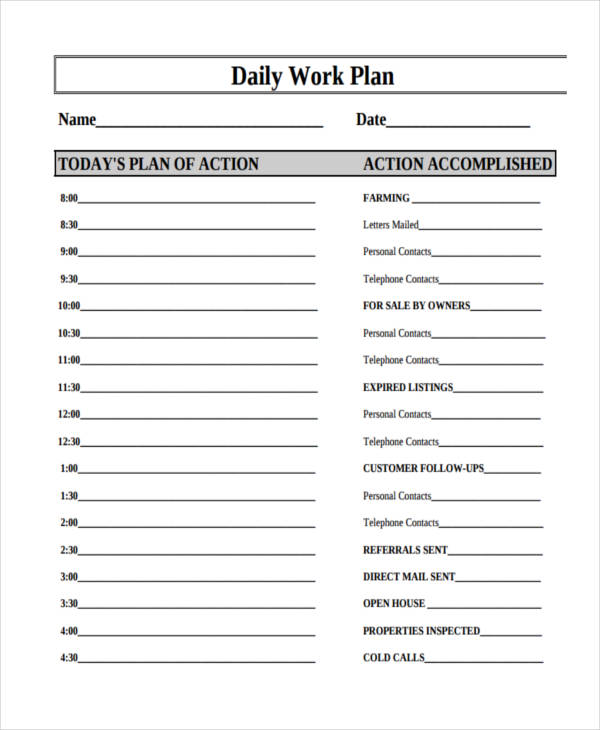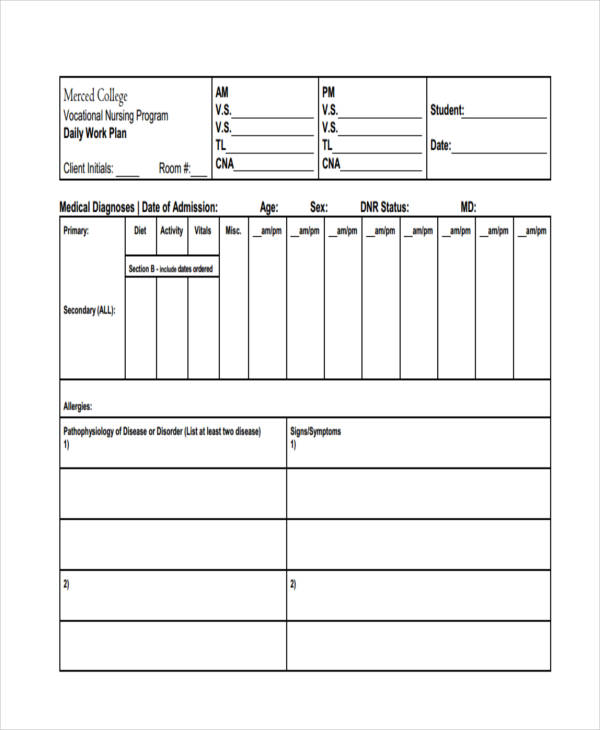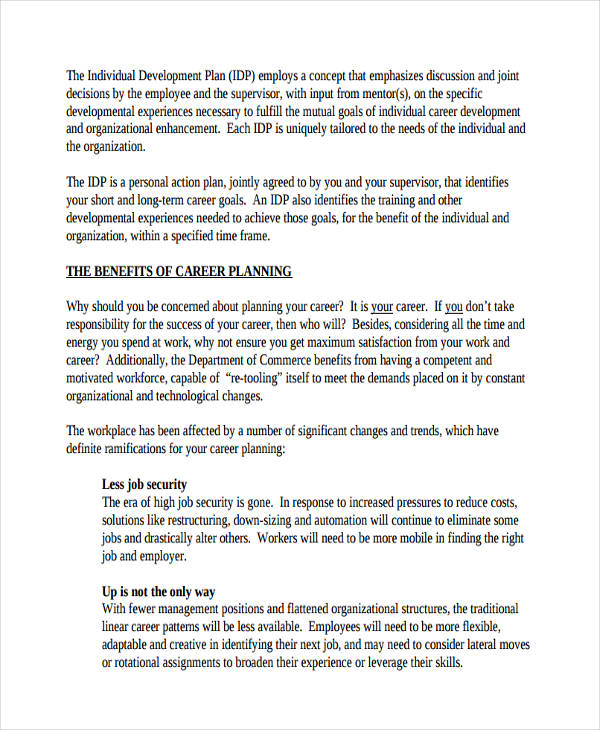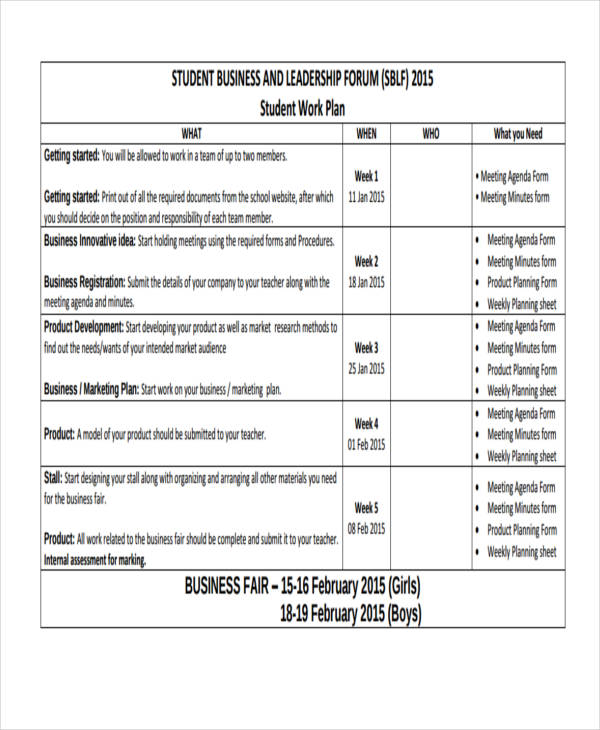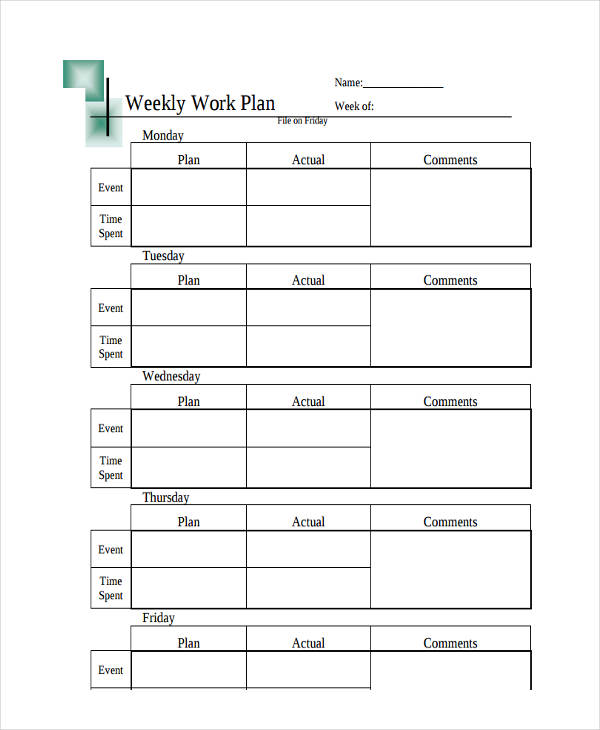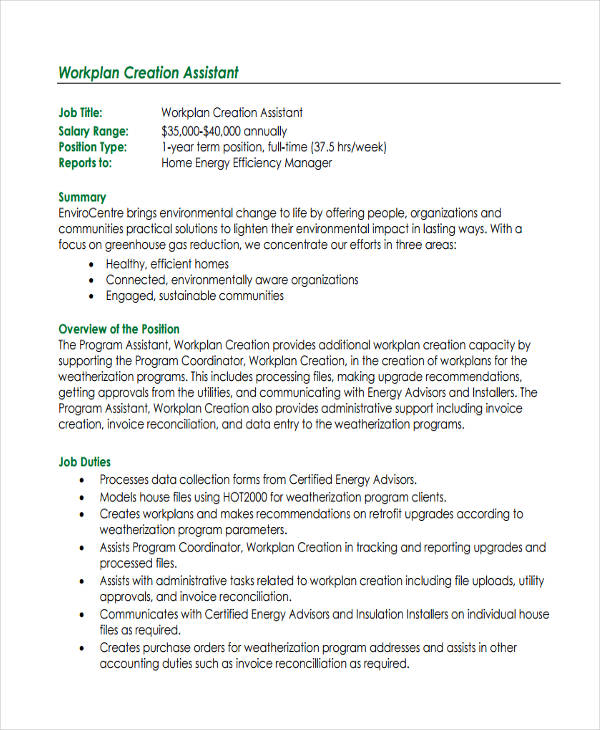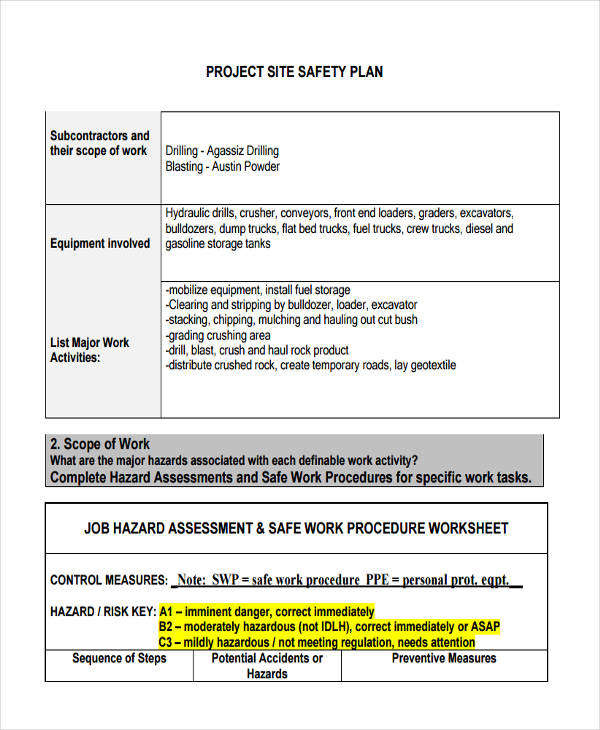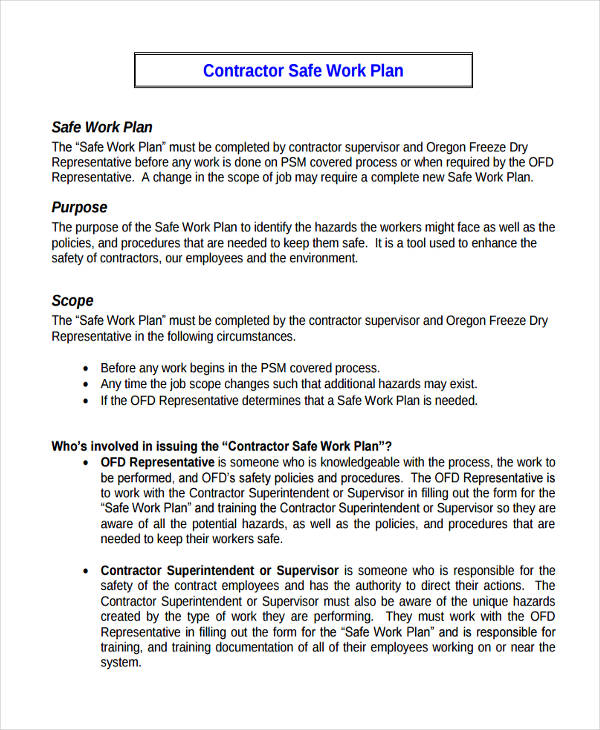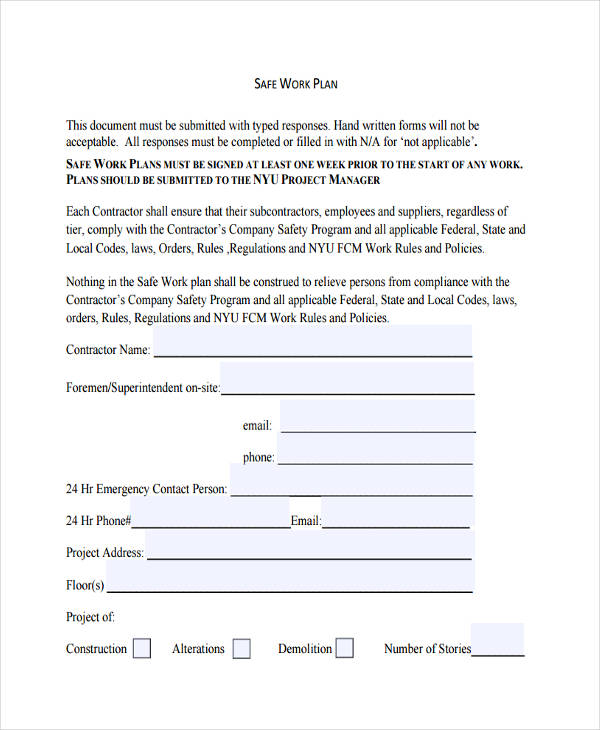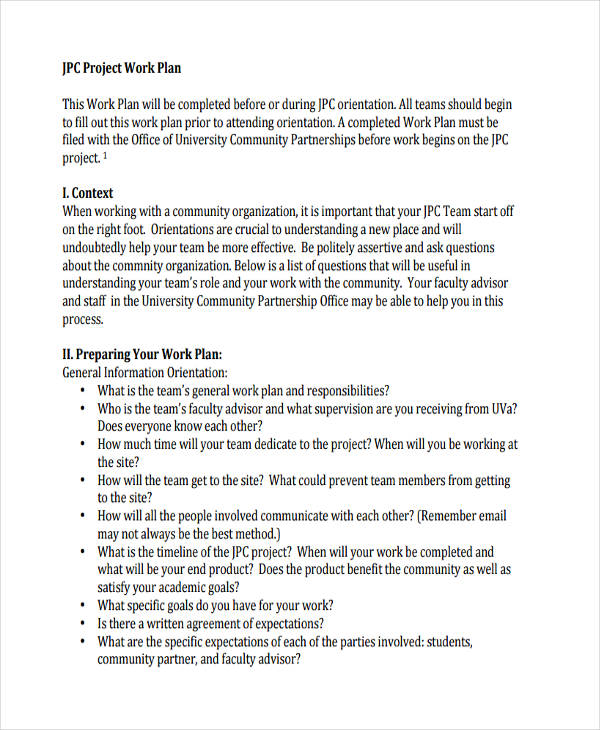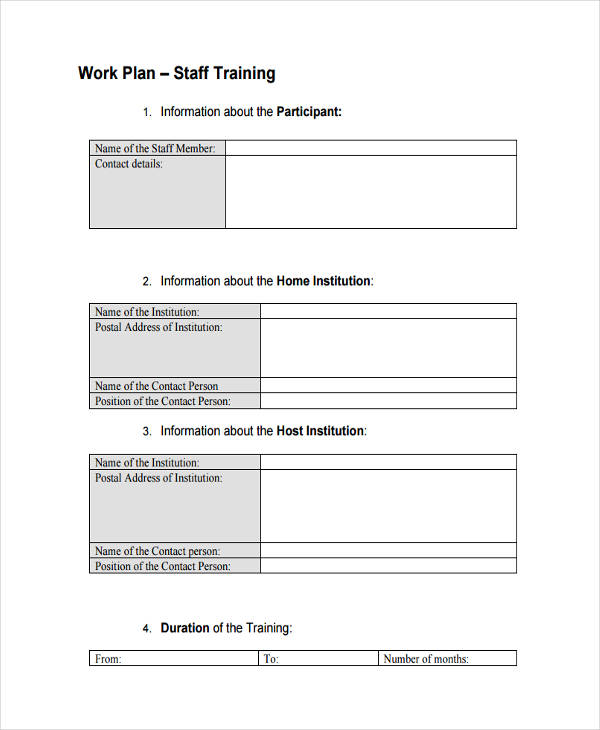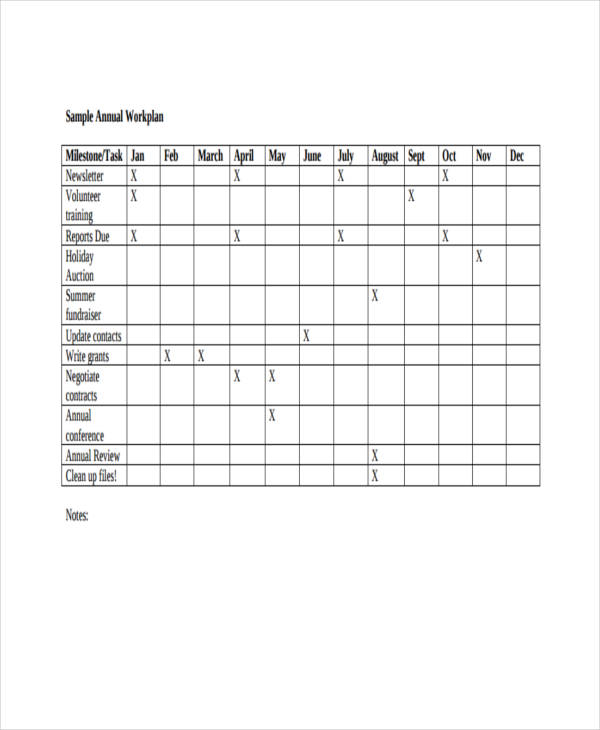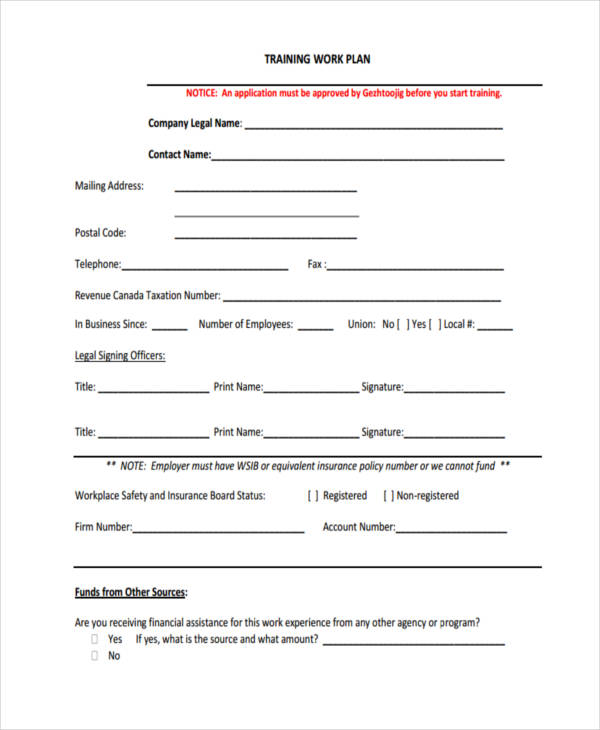52+ Work Plan Examples to Download
Do you have a specific goal that you’re having difficulty accomplishing? If so, take heart over the fact that you are hardly alone in that regard. There are many out there that need a proper work plan example to help them with what they want to achieve. Should you be unfamiliar with the concept, then you’ve come to the right place. Not only will we discuss work plans in greater depth below, but you’ll also find some of the best work plan templates anywhere from our extensive list.
52+ Work Plan Examples
Construction Work Plan Template
Blank Work Plan Template
Monthly Work Planner Template
Work Planner Template
Compliance Work Plan Template
Work Plan Strategy Template
Marketing Work Plan Template
HR Work Plan Template
Employee Work Plan Template
Work Plan Template
Work Plan Template
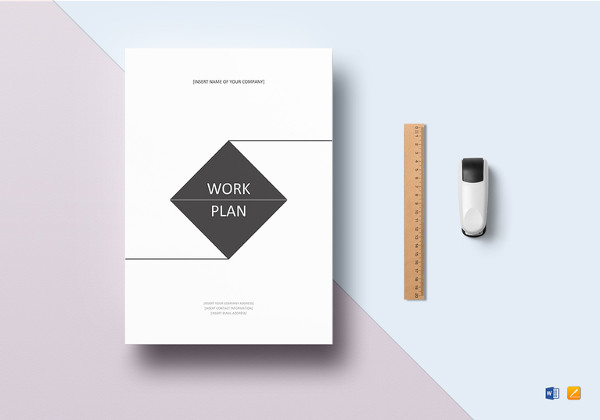
Easy to Print Employee Work Plan Template

Training Plan Template
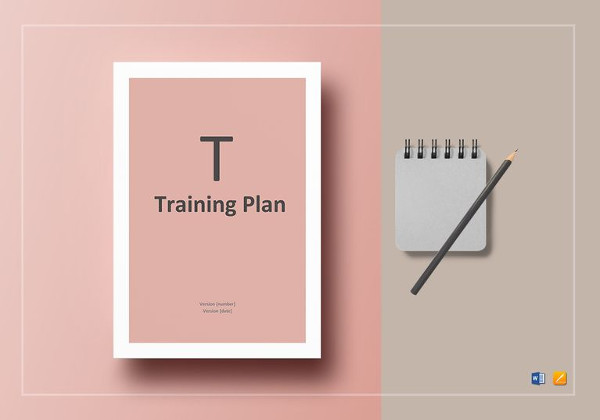
Construction Business Plan Template
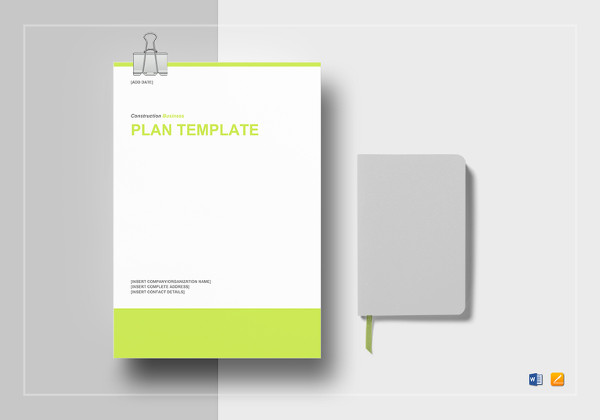
Interior Design Business Plan Template

Project Plan Template

Project Work Plans
Annual Project Work Plan
Construction Project Work Plan
Project Proposal Work Plan
Project Team Work Plan
Project Activity Work Plan
Performance Work Plans
Personnel Performance Work Plan
Employee Performance Work Plan
Performance Audit Work Plan Example
Performance Appraisal Work Plan
Strategic Work Plans
Sample Strategic Work Plan
Annual Strategic Work Plan
Employee Work Plans
Employee Annual Work Plan
Free Employee Performance Work Plan
Employee Weekly Work Plan
Construction Work Plans
Construction Activity Work Plan
Construction Management Work Plan
Construction Quality Work Plan
Development Work Plan Examples
Business Development Work Plan
Development Project Work Plan
Community Development Work Plan
Annual Work Plans
Annual Audit Work Plan
Annual Compliance Work Plan
Daily Work Plans
Free Daily Work Plan
Daily Work Plan Example
Individual Work Plan Examples
Individual Annual Work Plan
Individual Development Work Plan
Marketing Work Plan
Student Marketing Business Work Plan
Personal Work Plans
Personal Weekly Work Plan
Personal Assistant Work Plan
Safe Work Plans
Sample Project Safe Work Plan
Contractor Safe Work Plan
Sample Safe Work Plan
Team Work Plans
Free Project Team Work Plan
Training Work Plans
Sample Staff Training Work Plan
Annual Training Work Plan
Training Program Work Plan
What Is a Work Plan?
For those who are unaware of the work plan meaning or definition, this is a document that outlines the goals and processes that an individual or team must adhere to over a specific time period. Having one at your disposal will encourage the achievement of said goals in an organized and efficient manner. Those who are still left pondering the question of ‘what is a work plan’ must also be made aware of the different variants. As with our list of work plan examples for employees above, you can also be assured of variations like an annual work plan template or an individual work plan example.
How to Create an Efficient Work Plan
Although you can always download any work plan template of your choice, nothing can replace learning how to make one from scratch. Below are the general steps that you’ll need to follow to make your effective work plans a reality:
Step 1: Be Specific with its Purpose
The basis of every plan is a purpose or goal. Should yours be vague or otherwise unclear, then you can’t expect your work plan to reach its fullest potential. Before anything else, you need to determine what your goals and objectives are so that you can be certain that you are working towards something achievable and relevant.
Step 2: Begin with an Introduction.
Once you’ve determined and specified your goals, the next step involves crafting a quality introduction for your work plan. Readers will be able to gain enough insight into what you are trying to do if they are able to read an intro that sums everything up, from the goals to the values you want to communicate. This will set expectations for those involved as well.
Step 3: Discuss the Allocation of Resources
Regardless of what your work plan entails, it is a given that you’ll have your own specific resources to depend on, be it the project finances, materials, tools, and others. To properly give those involved in your plan a clear picture of what’s to be done, you must also discuss what, where, and how these resources are going to be used. Don’t hesitate to be as in-depth as you can about this part.
Step 4: Include Specific Tasks and Schedules
For the more pragmatic step, you can begin assigning roles to your team. These role assignments must also come with specific schedules. Doing so will allow you to better track the progress of the work, which will go a long way with its overall accomplishment. Take your time in assigning the various people in your teams because each role must be given to someone best suited to it.
FAQs
What are the basic elements of a work plan?
There’s the desired outcome or results, the action plan, the work’s time frame, the supervision, and lastly, the potential resources.
What is a work plan’s purpose?
A work plan is essential if you have a project that requires proper workflow management. With a proper plan in place, you can assign tasks to the right people, keep track of the overall progress, and stay ahead of any milestone deadlines.
What are the different kinds of work plans?
When it comes to variants, these are the most common: the project work plan, the performance work plan, the strategic work plan, the development plan, and the employee work plan.
As you can see, there’s a lot of things to look into when you talk about work plans. These documents are guaranteed to take anybody to their desired level of accomplishment, provided that their plans are kept specific, measurable, achievable, relevant, and timely. Otherwise known as SMART. So what do you think? Now that you’re better educated about this type of plan, you too should be ready to achieve your goals in an orderly manner. Act now and create your own work plan to help make your dreams come true!



